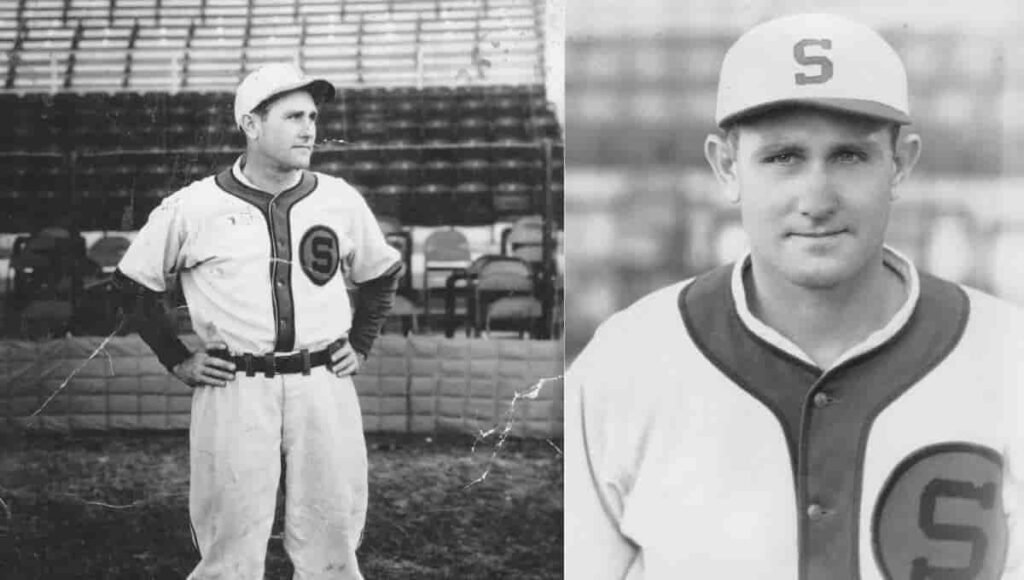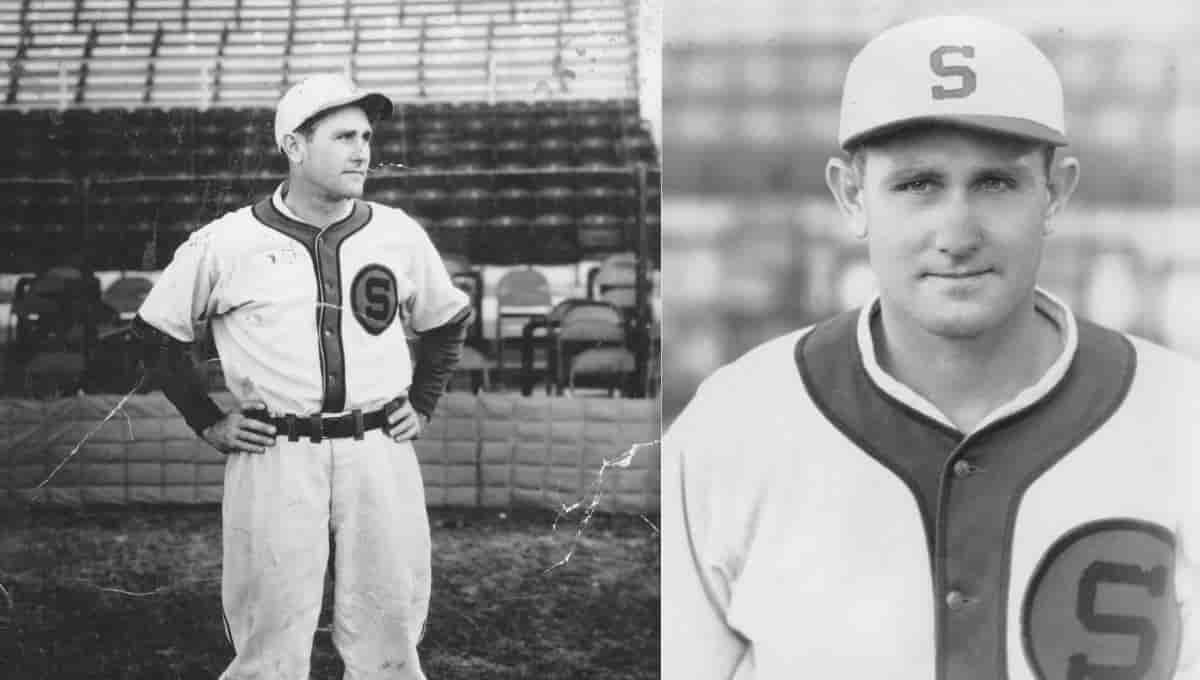Homer Peel Geneva Wikipedia, Divorce, Kids, What happened, Children
Homer Peel Geneva Wikipedia, Divorce, Kids, What happened, Children – Homer Hefner Peel was an influential figure in American professional baseball during the first half of the 20th century. Born on October 10, 1902, in Port Sullivan, Milam County, Texas, Peel’s career spanned over 25 years, from 1923 to 1942 and then from 1946 to 1950. His journey in baseball included roles both as a player and as a manager, leaving a lasting impact on the sport.

Homer Peel Life and Career
Peel’s Major League Baseball (MLB) career, though relatively brief, saw him playing in 186 games over five seasons with teams like the St. Louis Cardinals, Philadelphia Phillies, and New York Giants. His MLB debut came in 1927, and he continued to play until 1934, with his final season in the majors seeing him in the uniform of the New York Giants. Throughout his MLB tenure, Peel batted .238, accumulating 100 hits, two home runs, and 44 runs batted in (RBI). Despite these modest statistics, his contributions to the game were significant, particularly his role in the 1933 World Series with the Giants. Peel participated in two games during the Series, serving as a defensive replacement in center field in Game 2 and hitting a single as a pinch hitter in Game 3. His efforts helped the Giants clinch the championship that year.
However, Peel’s true prowess shone in the minor leagues, where he was one of the standout players of the 1920s and 1930s. Known as “the Ty Cobb of the Texas League,” Peel’s batting average in the minor leagues was an impressive .325. He consistently hit over .300 for more than a dozen seasons, establishing himself as a formidable hitter and a key player in the minor league circuits. His performance in the Texas League was particularly notable, where he became a celebrated figure and an enduring legend.
Beyond his playing days, Peel also made his mark as a manager. He managed several teams in the Texas League, including the Fort Worth Cats, Oklahoma City Indians, and Shreveport Sports. His managerial career was characterized by his deep understanding of the game and his ability to inspire and lead his players. Peel’s transition from player to manager allowed him to impart his extensive knowledge and experience to younger generations, further cementing his legacy in baseball.

Peel’s career was interrupted by his service in the United States Navy during World War II. Like many of his contemporaries, he put his baseball career on hold to serve his country, demonstrating his dedication and patriotism. After the war, he returned to baseball, continuing to contribute both on and off the field.
Throughout his career, Peel was known for his right-handed batting and throwing. Standing 5 feet 9 inches tall and weighing 170 pounds, he was a formidable presence on the field. His dedication to the sport and his consistent performance made him a respected figure in baseball circles.
Homer Peel passed away on April 8, 1997, in Shreveport, Louisiana, at the age of 94. His death marked the end of an era, but his contributions to baseball continued to be remembered by fans and players alike. Peel’s life was a testament to the enduring appeal of baseball and the impact that one individual can have on the sport.
In summary, Homer Peel’s life and career encapsulate the rich history of American baseball during the early 20th century. From his days as a standout minor league player to his role in the MLB and his subsequent managerial career, Peel’s contributions were significant and far-reaching. His legacy lives on in the annals of baseball history, a reminder of the game’s enduring appeal and the remarkable individuals who have shaped its course.
Also, Read








